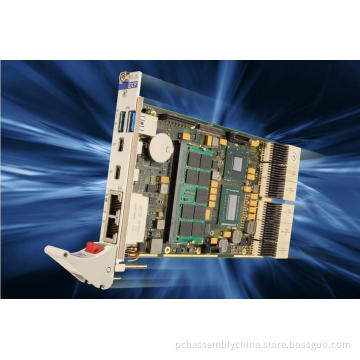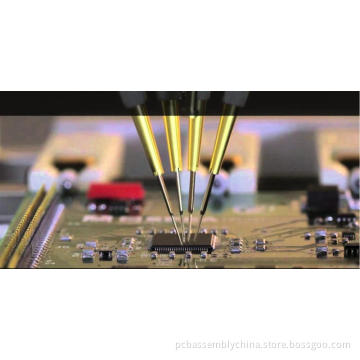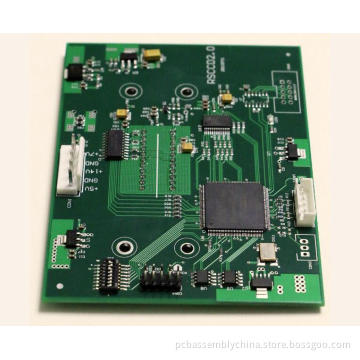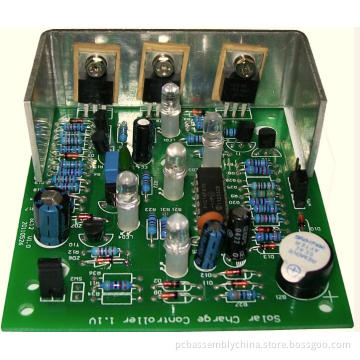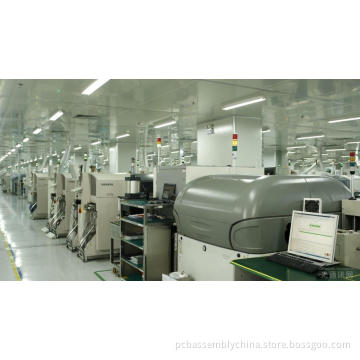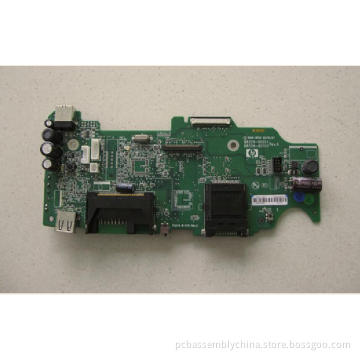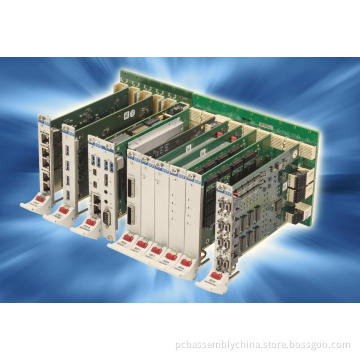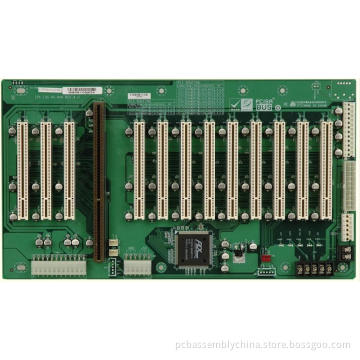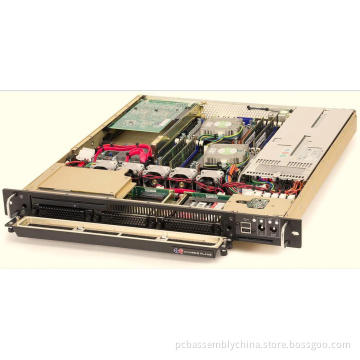
custom climate controllers electronic assembly
- Payment Type:
- T/T
- Incoterm:
- FOB
- Transportation:
- Ocean
Your message must be between 20 to 2000 characters
Contact Now| Payment Type: | T/T |
|---|---|
| Incoterm: | FOB |
| Transportation: | Ocean |
automotive electronics climate controllers modules pcba assembly electronics oem contract manufacturing services OEM CEM EMS experience company-China Shenzhen Topscom
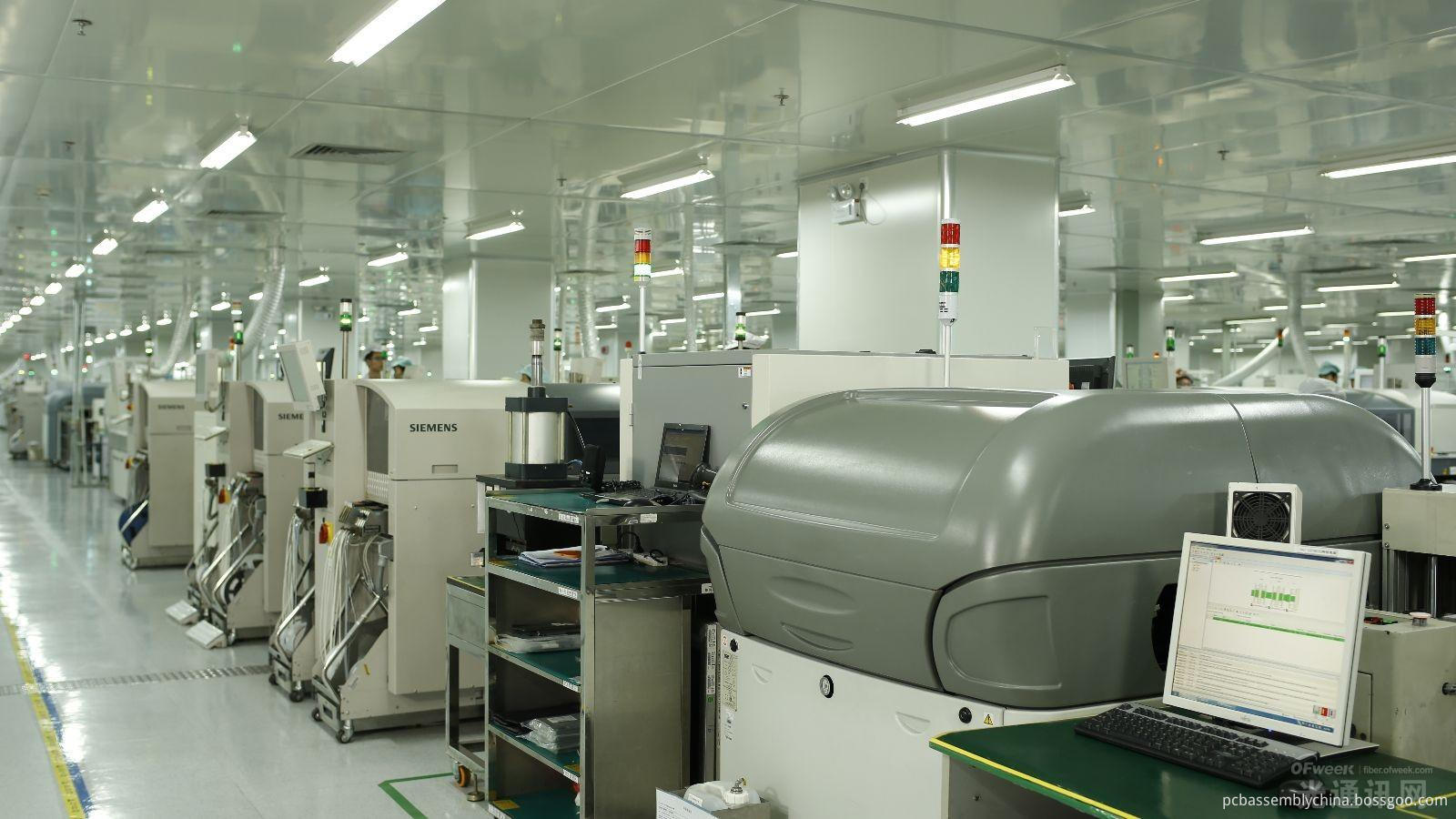
HVAC Heating Ventliating Air conditionaling system device Electronics OEM EMS CEM Contract Manufacturing PCBA Assembly Services:
HVAC (heating, ventilating, and air conditioning; also heating, ventilation, and air conditioning)is the technology of indoor and vehicular environmental comfort. Its goal is to provide thermal comfort and acceptable indoor air quality. HVAC system design is a subdiscipline of mechanical engineering, based on the principles of thermodynamics, fluid mechanics, and heat transfer. Refrigeration is sometimes added to the field's abbreviation as HVAC&R or HVACR, or ventilating is dropped as in HACR (such as the designation of HACR-rated circuit breakers).
HVAC is important in the design of residential structures such as single family homes, apartment buildings, hotels and senior living facilities, medium to large industrial and office buildings such as skyscrapers and hospitals, onboard vessels, and in marine environments such as aquariums, where safe and healthy building conditions are regulated with respect to temperature and humidity, using fresh air from outdoors.
Ventilating or ventilation (the V in HVAC) is the process of "exchanging" or replacing air in any space to provide high indoor air quality which involves temperature control, oxygen replenishment, and removal of moisture, odors, smoke, heat, dust, airborne bacteria, carbon dioxide, and other gases. Ventilation removes unpleasant smells and excessive moisture, introduces outside air, keeps interior building air circulating, and prevents stagnation of the interior air.
Ventilation includes both the exchange of air to the outside as well as circulation of air within the building. It is one of the most important factors for maintaining acceptable indoor air quality in buildings. Methods for ventilating a building may be divided into mechanical/forced and natural types.
Related Keywords


